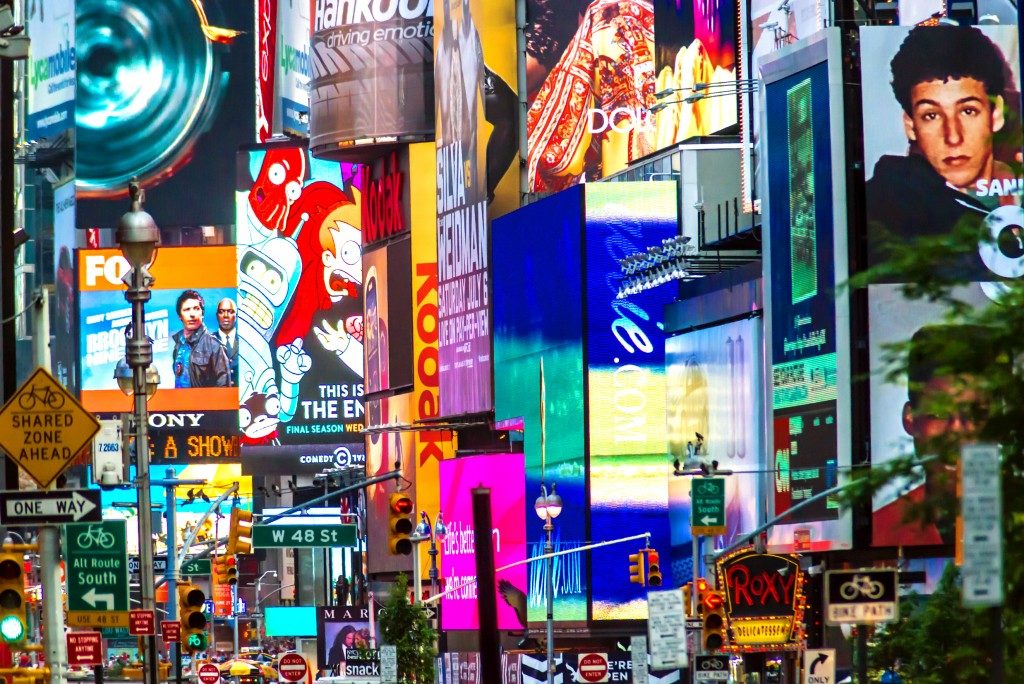New York is a city of towers. Even decades ago the Big Apple was known for the way buildings seemed to touch the sky as the growing population of Manhattan forced builders to stretch their structures to the sky. Today, thousands of tourists flock the observation decks of the Empire State Building, Freedom Tower, and the Chrysler Building to experience the dazzling heights of the city.
But New York doesn’t just extend up. Like mighty trees, the buildings and support structures of the City That Never Sleeps has roots that dig deep into the bones of the earth. These shadowy spaces that have never seen sunlight have titillated the imagination of the American public for years.
The Dark Depths of the Bright City
People have explored the labyrinthine passages and tunnels that form the underground portion of New York. Thousands upon thousands of miles of infrastructure are under the city. Some of these are the work of companies that build concrete foundations; others are there to house the metropolis’ power, water, and gas lines. Experts have said that the New York subway system has 500 miles of tunnels crisscrossing the earth and that there are around a hundred miles of tunnels dedicated to a steam delivery system. This extensive network doesn’t include lostsections of tunnels, bricked up basements, and other forgotten sepulchers beneath the earth.
Most people will only get to the subway stations, the surface of this massive maze, but daring souls have sometimes forced their way into this netherworld. Some urban explorers risk life and limb as they delve the darkness under New York. There are also the intrepid workers who maintain the wires and pipes that slither in the shadows: sewage employees, subway maintenance crews, and electrical engineers. But others live in the tunnels of New York, too. Although most fear them, they are far from monstrous.
Sheltering in the Shadows

A staggering 14 percent of the homeless population is in the streets, shelters, and shadows of New York City. In 2018, the city had about 78,000 homeless people in a single night. Although the state and federal government are trying to give these unfortunate souls places to stay, especially during the winter, the fact is shelters and other support structures of the city can’t fit them all.
A portion of the homeless has migrated into the depths of the city for shelter. In 1993, an author brought this subterranean society to light with a novel she entitled “The Mole People.” In its pages, the author painted a picture of a separate society. This society had a government, utilities such as heat and power, and that a semblance of normal life was possible. Urban legends about the condition of these Mole People began to circulate. Some people said that they had night vision, others claimed that they had webbed feet, or that they ate each other and fried rats.
Although the public gobbled up the story for a few years, some experts challenged the descriptions and details in the book. In 2004, a journalist published an article decrying the novel as more sensationalism than fact.
One need not embellish the truth to see a story akin to the dystopian fare that’s so popular today. On the surface of the city, the rich live in their towers in the sky. Beneath the earth, the outcasts of society scrounge in sunless spaces. With such terrible things already a reality, there’s no need to fill the shadows beneath New York with monsters.




